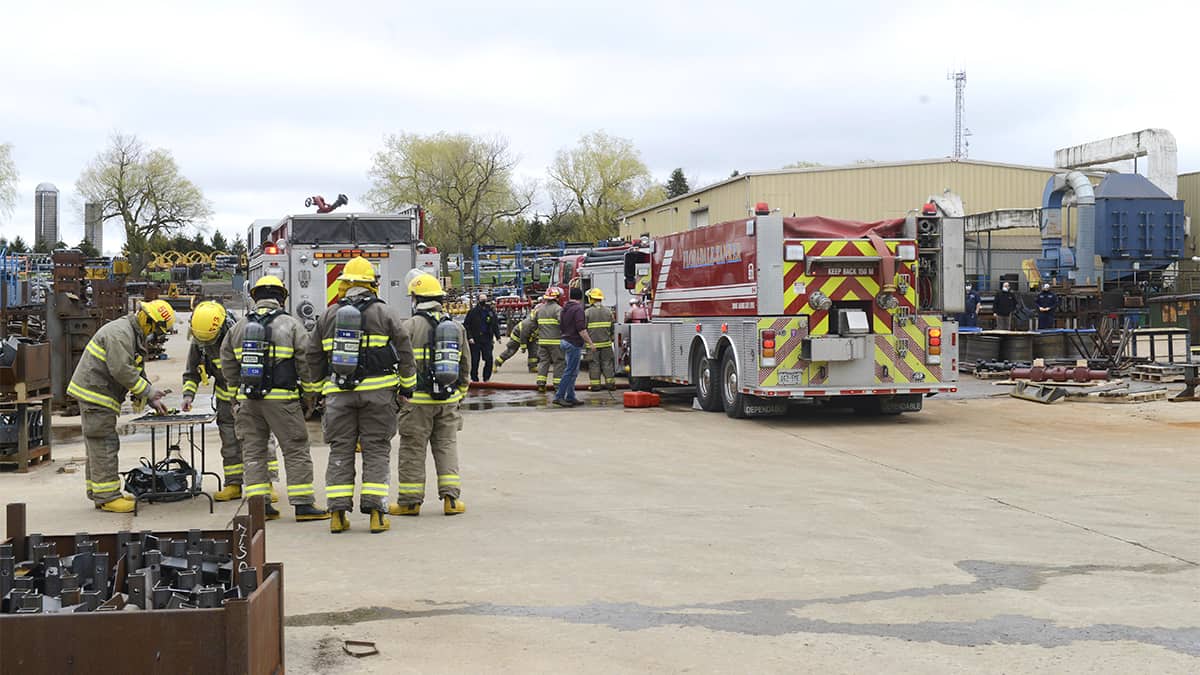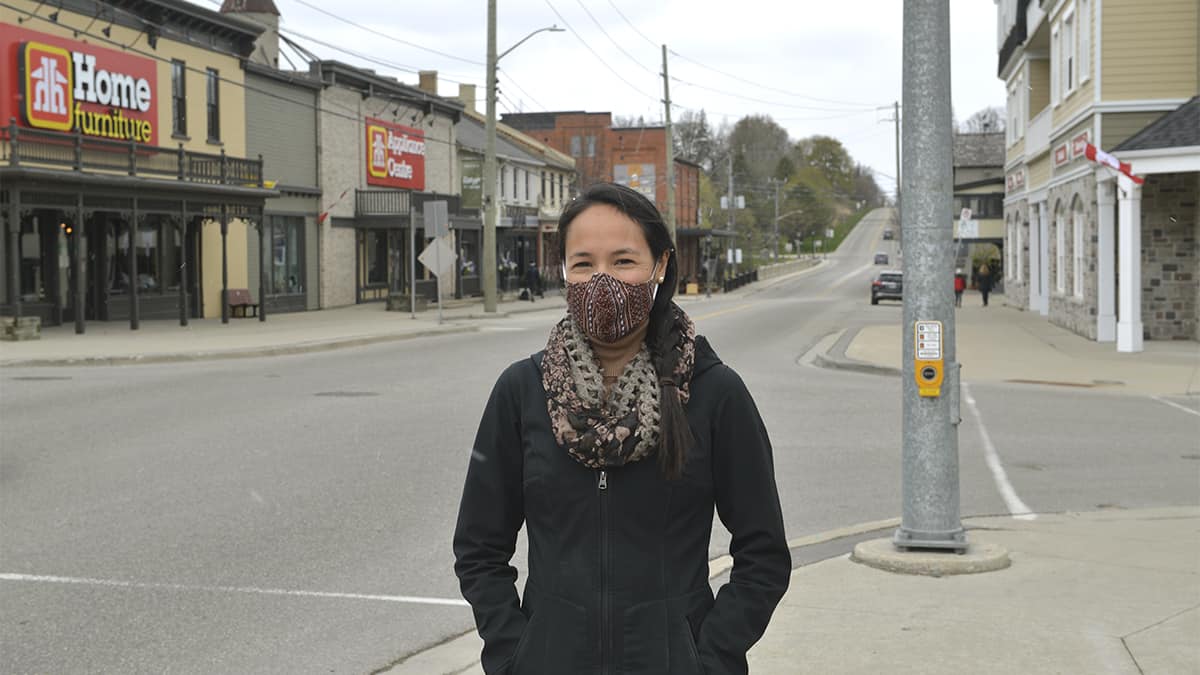What is today largely neglected scrubland adjacent to the town’s eastside industrial area will be transformed into the Elmira Nature Reserve, Trees for Woolwich’s latest transformational project.
The goal unveiled Tuesday night at Woolwich council involves turning some 65 acres of marginal township land into a thriving ecosystem for native species of flora and fauna.
The project area, which runs in an area between Union Street and the railroad tracks, includes a location known as The Habitats, a six-acre field that’s being turned into a showcase of five different habitats that can be found within southern Ontario: tall grass prairie, oak savannah, maple beech forest, early succession forest and wetland. The Elmira Nature Reserve is a more expansive project that goes beyond planting trees to actually creating a functional ecosystem, Trees for Woolwich chair Inga Rinne told councillors.
First up will be the elimination of invasive species that have overrun large segments of the land, eventually replanting with a variety of native trees and plants.
“The work on The Habitats is well underway, but it turns out that while The Habitats was a good start, we were ignoring some real potential, and we were thinking much too small,” said Rinne of the impetus for the project. “As we worked on The Habitats, we came to realize that the surrounding 65 acres had tremendous potential, but it was an area that was being slowly degraded by invasive species.”
Mark Schwarz of Earthscape said the plan for the entire site encompasses habitats already in place, some currently being worked on by Trees for Woolwich and the Township of Woolwich Environmental Enhancement Committee (TWEEC), and some as-yet untouched areas.
For instance, an area of sycamore trees at the north end, near the township dog park, already contains some large, older trees, but the area could use more coverage, with new trees to be added, he explained.
Among the habitats envisioned are the likes of a ‘Carolinian Forest Walk,’ ‘Cedar Thicket,’ ‘Spring Flowering Trees’ and ‘Silver Maple Ash Swamp,’ an area already home to some large maples.
“It’s a really beautiful ecosystem that exists already, and we just have to do a little bit of elimination of invasive species that have crept in, but most of it is beautiful,” said Schwarz.
Likewise, an area designated ‘Pollinator Meadow’ is mostly just mown grass now. The plan is to let the grass grow in, developing into a real ecosystem.
“It’ll be home to a lot more pollinators, birds, reptiles even – snakes and frogs – so that’s better for the ecosystem, and it can also be a lot more aesthetically pleasing.”
The project is a long-term undertaking, with some results decades away, said Schwarz.
The area has seen some 2,000 trees planted by the volunteer groups since 2004, with Rinne estimating another 3,000 will have to be planted to develop the nature reserve.
Noting that Trees for Woolwich has received significant support from corporate and private donors, she said she’d come to council for an endorsement of the project, not for funding … at least not yet.
“It’s amazing what you’ve put together there, and it’ll be even more amazing in 70 years,” said Coun. Patrick Merlihan.









